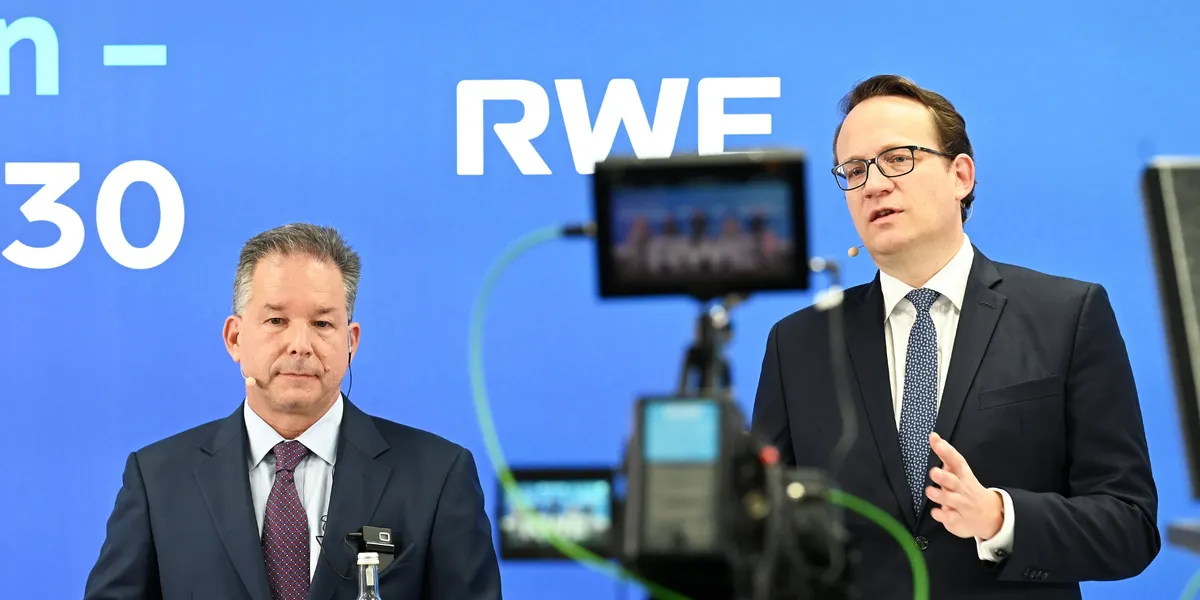Climate insurance leader kWh Analytics has announced the expansion of its insurance solutions with new Excess Natural Catastrophe coverage through its licensed insurance entity, Solar Energy Insurance Services, specifically addressing the growing need for severe storm protection in the renewable energy market.
This new offering complements kWh Analytics’ existing property capacity, which provides 100% operational and construction coverage for solar, wind, and battery energy storage assets. The Excess Natural Catastrophe layer will provide up to $20M in additional capacity specifically covering damage from severe convective storms and named windstorms in non-coastal regions.
Convective storms, or more simply thunderstorms, are severe local systems that usher in thunder, lightning, heavy rain, hail, strong winds, and sudden temperature changes.
“Our loss database reveals that hail accounts for 73% of total solar industry losses by damage amount,” calculated Jason Kaminsky, CEO of kWh Analytics. “As renewable projects grow in size and tax-equity investors and lenders require higher insurance limits, we’re addressing a critical market gap with this specialized excess layer solution.”
A cornerstone of kWh Analytics’ approach, the company says, is rewarding resilience through its underwriting process. Projects that implement protective measures such as hail stow capabilities, reinforced module characteristics including glass thickness, and proper O&M protocols will benefit in the excess layer, just as they do in primary coverage.
“Resilience should be rewarded at every level of coverage,” explained Isaac McLean, Chief Underwriting Officer at kWh Analytics. “Our Excess Natural Catastrophe offering evaluates the same resilience factors we consider in primary coverage, and we request asset owners and sponsors provide us details of their hardening strategies so we can appropriately credit their risk mitigation efforts.”
To provide a standardized framework for evaluating hail resilience and offer insurance credit for protective measures, kWh Analytics and VDE Americas have developed the Hail Stow and Risk Evaluation tool. This assessment examines critical factors, including panel specifications, tracker stow angles, forecasting systems, and testing protocols. Projects demonstrating robust hail defense strategies through this evaluation can secure more favorable terms, even in the excess layer.
kWh Analytics has taken an innovative approach to renewable asset protection over the last couple of years.
In January, the company announced it had been awarded $500,000 from InnSure’s Insurance Innovation Prize, supported by the New York State Energy Research and Development Authority (NYSERDA), to support the development of a tax credit insurance product explicitly tailored for small-scale distributed generation renewable energy projects, addressing what the company called a “critical market gap” in renewable energy financing. The product aims to enable projects under 20 MW to effectively monetize transferable tax credits introduced by the Inflation Reduction Act (IRA). While the IRA made tax credits transferable, in part to promote distributed generation, traditional tax credit insurance solutions require “extensive and expensive due diligence from highly specialized and skilled professionals that smaller projects cannot support,” per kWh Analytics. The company argues this creates a barrier for smaller renewable energy projects seeking to participate in the tax credit market.
Last July, kWh Analytics touted a “first-of-its-kind” wind proxy hedge risk transfer product for a 59 MW, 14-turbine offshore wind project in Maine, developed by a Greenbacker Capital Management-affiliated investment vehicle that invests in sustainable infrastructure assets. The financial structure included the use of a wind proxy hedge, provided by global reinsurer MunichRe, advised by kWh Analytics, and utilizing the kWh Analytics Indifference Structure for debt sizing. The implementation marked the first time a parametric wind hedge has been paired with the kWh Analytics Indifference Structure to reduce equity requirements for a project sponsor. The structure’s implementation enabled the project sponsor to raise roughly 20% more debt capital for the project, led by MUFG.









